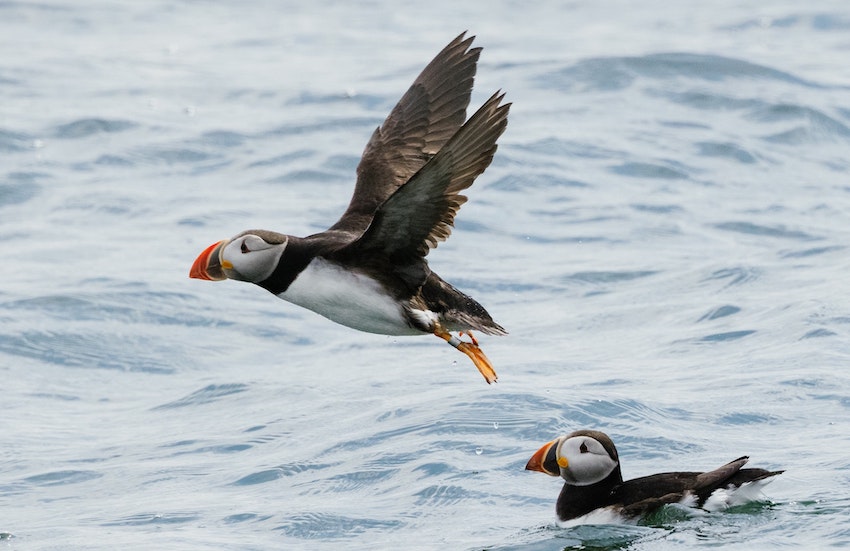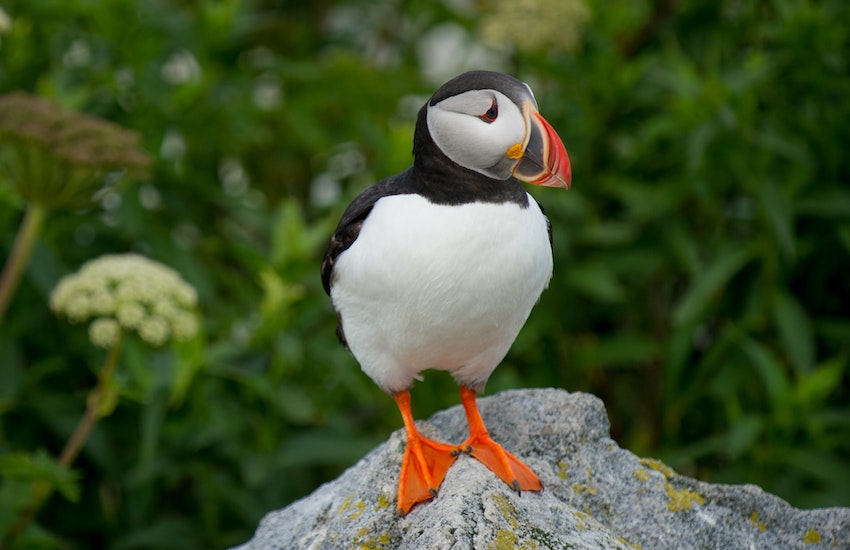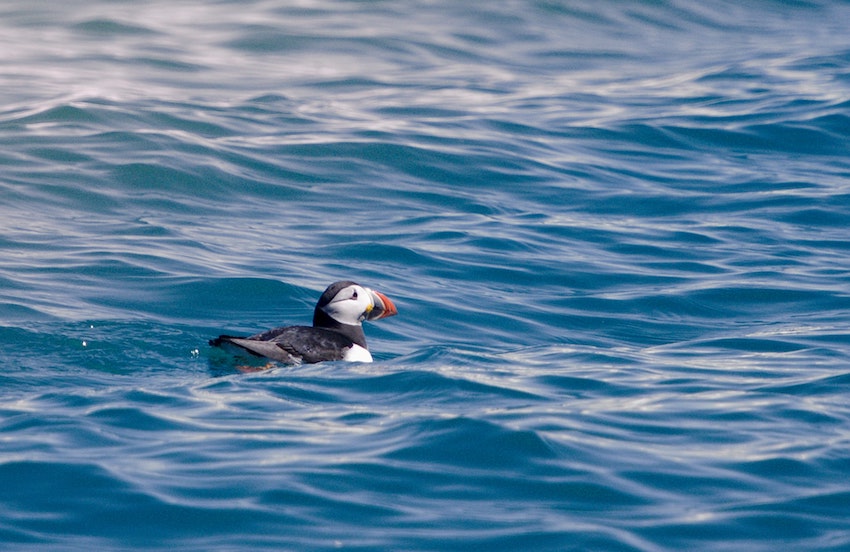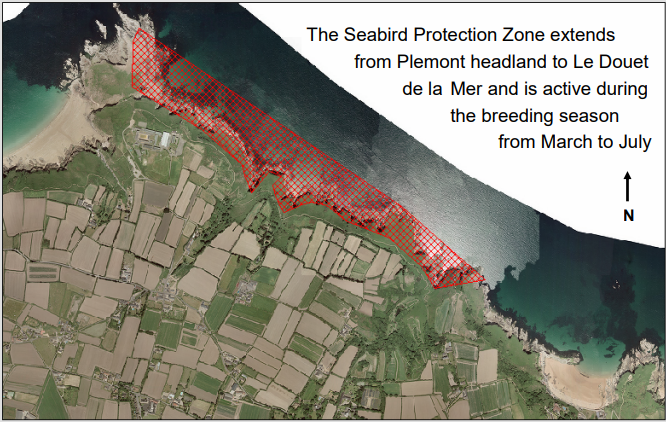
The puffin is one of Jersey’s most iconic birds but despite their distinctive appearance they can be hard to spot as a result of declining population numbers.
In recent years, this reduction has brought the puffin close to local extinction. There are still a small number that breed on the Island’s rocky cliffs though, so take a trip to Jersey’s north coast and you could be in luck.
Where can you see puffins in Jersey?
As its name would suggest, the Atlantic puffin (Fratercula arctica) spends most of its life at sea, braving the open Atlantic Ocean. They return to land only to form breeding colonies, one of which is found along Jersey’s north coast between Plémont and Grève de Lecq.
Puffins can often be seen bobbing on the waters below the cliffs. Improve your chances of spotting them by taking binoculars – puffins are surprisingly small with an average length of 32 cm.

The best way to spot puffins is to follow the newly created Seabird Trail along the public footpath. The trail is 2.7 km from Plémont to Grève de Lecq so it takes around two hours at a slow pace. As well as puffins, keep an eye out for other birds, including razorbills, shags and oystercatchers.
When is the best time to see them?
Puffins return to their colonies in late March or early April but June and July are good months to see them as they will be busy foraging food to feed their chick. Jersey puffins nest in crevices along the cliff face below the coastal slopes of bracken, so they are out of sight when in their nests.

Recent surveys confirmed that all four pairs of puffins returned to Jersey’s nesting site in 2022, and at least one puffin chick, or ‘puffling’, hatched.
Are puffins protected?
Puffins are protected under the Wildlife (Jersey) Law 2021. A Seabird Protection Zone surrounding the breeding site is also active from March to July.

You should avoid visiting the protection zone by boat during those months, as watercraft might disrupt the puffins’ natural behaviours, such as incubation, fishing or feeding their chicks. On land, you should stick to the main footpaths and avoid excessive noise to minimise disturbance.




